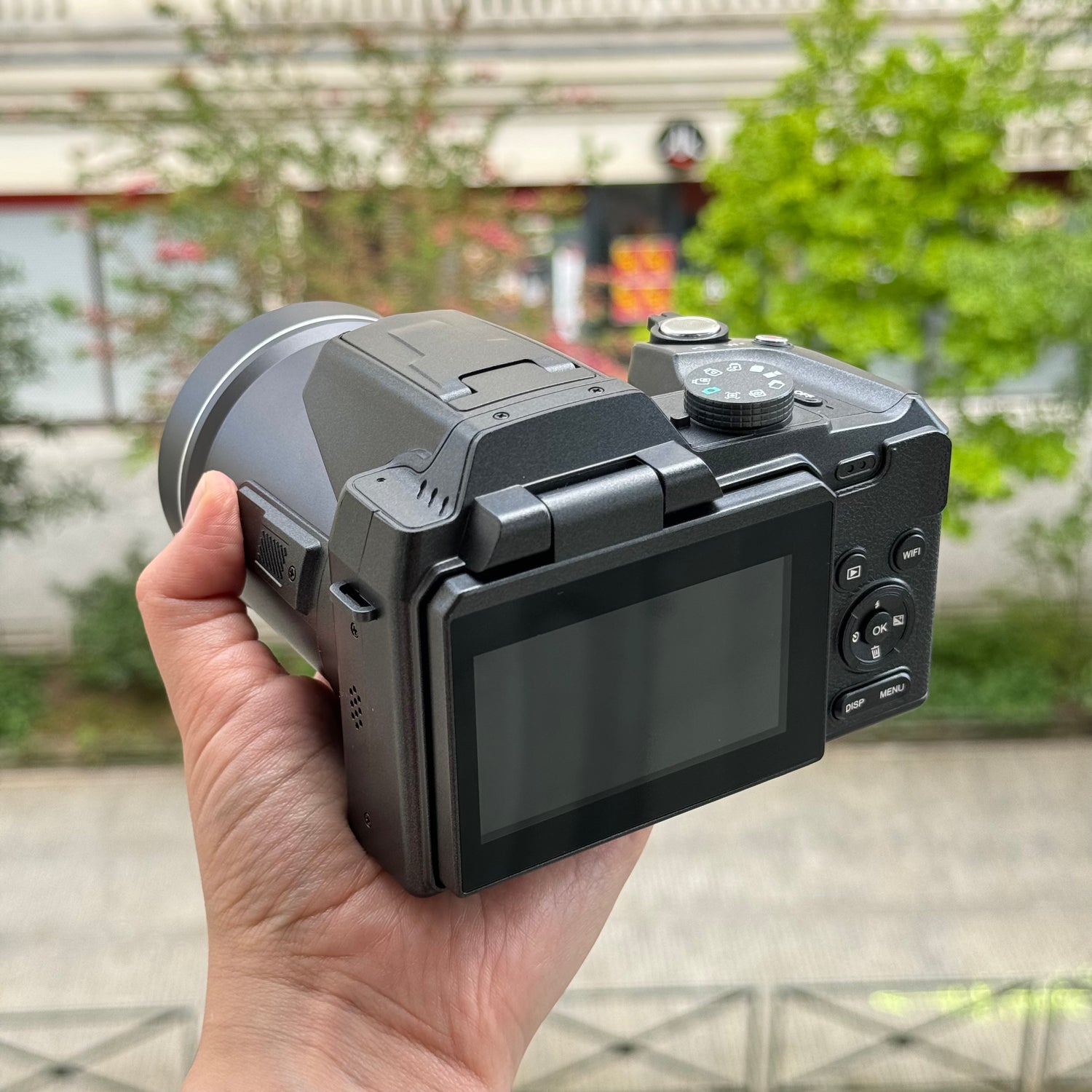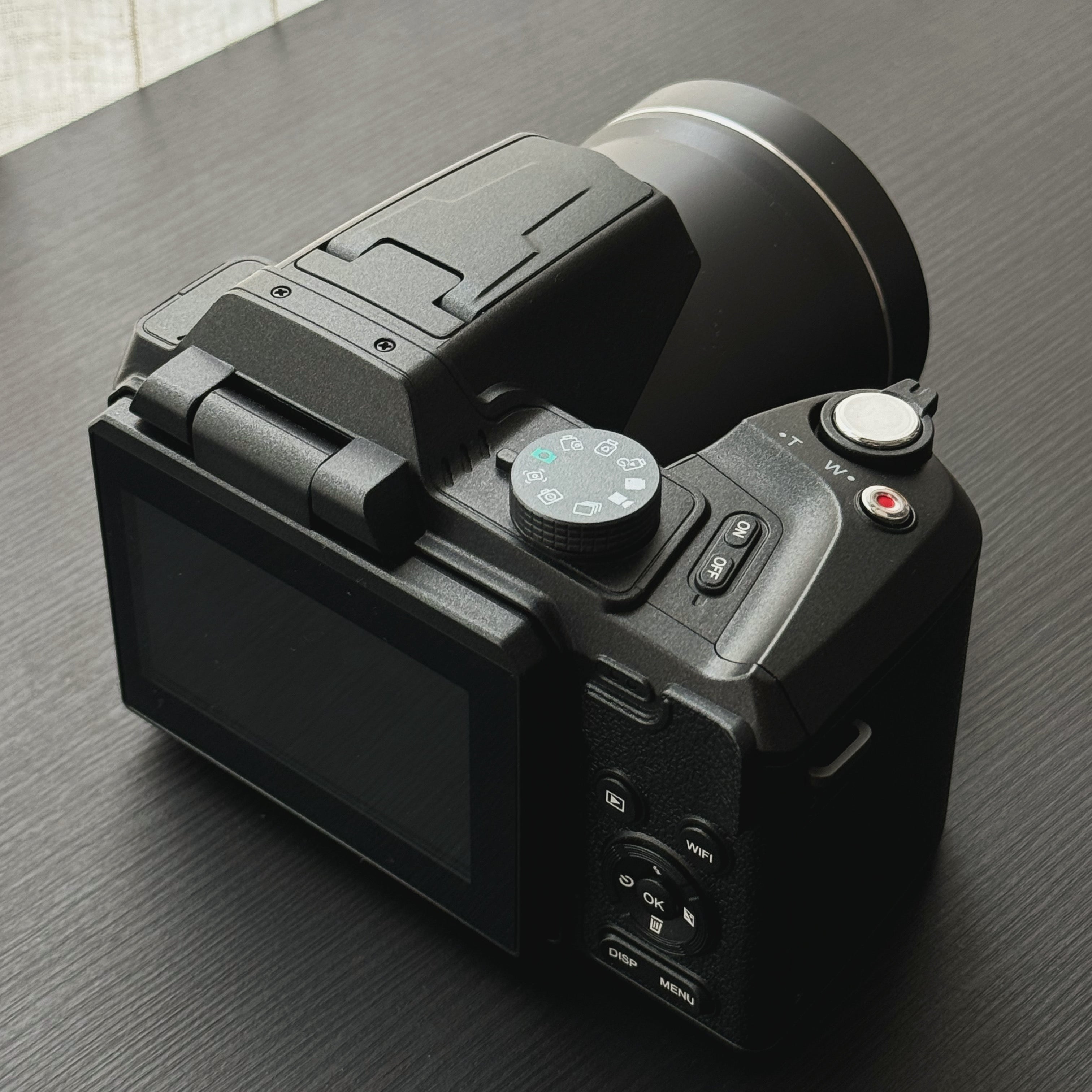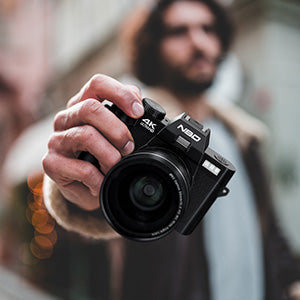CMOS, the image sensor used in the vast majority of digital SLR cameras today, has always been an important standard in purchasing a camera.
There is a saying among photographers, "The larger the sensor, the better the image quality," implying that the larger the CMOS sensor, the better the shooting effect. But is this really the case? Is it true that the larger the camera's sensor, the better?
In this article, we will discuss the relationship between CMOS sensor size and camera shooting effects.

Understanding Camera Sensors
Before discussing the impact of sensor size on shooting effects, we need to understand what a sensor is and what it does.
1. Understanding Sensors
The image sensor is the core and most crucial technology of a digital camera. In traditional cameras, film is a photosensitive material that records the captured image after being treated with certain chemicals. However, in today's digital cameras, the image sensor replaces the film, forming an electronic image.
Its function is to convert the received light into electrical signals through photodiodes, but a single photodiode can only record brightness values, meaning the photodiode is "color blind."
To take color photos, red, green, and blue primary color filters are added in front of the photodiodes.
In a Bayer filter, the proportion of each filter is 25% red, 25% blue, and 50% green. All colors on a computer screen are mixed from these three colors in different proportions.
If all three colors record the maximum light, the pixel appears white. Conversely, if none of the primary colors record anything, the pixel appears black. The various colors obtained by overlapping red, green, and blue cover all the colors that the human eye can perceive. Thus, we can take colorful digital photos.
Today's protagonist, CMOS, is one type of image sensor and currently the most widely used sensor type in photographic equipment. However, we must mention its old rival, the CCD image sensor, because through CCD, we can better understand CMOS.

2. Understanding CCD and CMOS
Many photographers only know about CMOS sensors, but CCD sensors were widely used in the past. Both use photodiodes to perform photoelectric conversion, converting images into digital data. Their main difference lies in how digital data is transmitted and their manufacturing processes.
CCD Sensor: A CCD is a group of photoelectric devices capable of "photoelectric conversion." When light passes through the lens and forms an image, the CCD converts the light signal into an electrical signal (voltage).
The greater the amount of light, the more electrons are released, the stronger the electrical signal, and the brighter the pixel display. The smallest unit of a CCD that forms an image is called a pixel, and each photodiode equals one pixel. The number and size of pixels in each CCD are directly related to image quality. The higher the pixel count, the higher the output image quality.
CMOS Sensor: Like CCD, CMOS can also record light changes in digital cameras. The manufacturing technology of CMOS is no different from that of ordinary computer chips, primarily using silicon and germanium semiconductors. On CMOS, both N (negative charge) and P (positive charge) types of semiconductors coexist. The complementary effects of these two generate current, which is recorded and interpreted into an image by the processing chip.
If you find this hard to understand, just remember that each pixel in a CCD sensor is an individual photodiode, making its image recording precision higher than that of CMOS. So what is the difference between these two sensors, and why do most cameras today use the less precise CMOS sensors? Let's continue.

Differences Between CCD and CMOS
Due to the different ways of transmitting image information and manufacturing processes, CCD and CMOS sensors mainly differ in the following aspects:
-
Efficiency: CCD has higher light utilization efficiency, dynamic range, and sensitivity than CMOS. Also, since the photosensitive units can be made very small, CCD can arrange more photosensitive units in the same area, resulting in higher resolution than CMOS.
-
Noise: In CCD, the electrical signals output by different photosensitive units are uniformly amplified, resulting in lower noise than CMOS. On the other hand, each photosensitive unit in CMOS amplifies its signal individually, making it hard to ensure consistent amplification across all units, which easily leads to pixel response inconsistency and more noise in the image.
-
Power Consumption: CCD requires additional voltage to move charges, and different vertical registers need different voltages, requiring specialized power management circuits. Thus, CCD's power consumption is higher than CMOS of the same size.
-
Manufacturing: CCD needs specialized manufacturing equipment, and a single unit's failure can scrap the entire row, resulting in lower yield rates and higher production costs and technical barriers.
-
Cost: CMOS sensors use the most common CMOS process in semiconductor circuits, which is relatively mature, making manufacturing costs lower and easier to popularize.
In summary, while CCD offers better image quality than CMOS, CMOS is chosen for its lower manufacturing difficulty, cost, and power consumption. Manufacturers opt for the less effective CMOS sensors to reduce costs. Without CMOS sensor technology, we couldn't afford today's SLR or mirrorless cameras at their current prices.

Weaknesses of CMOS
Through the comparison with CCD sensors, the weaknesses of CMOS sensors become apparent: lower light utilization efficiency and higher noise levels.
This explains why "the larger the sensor, the better." A larger sensor size means each pixel receives more light, significantly improving the light utilization efficiency of CMOS.
Also, larger CMOS sizes mean greater distance between each photodiode and circuit, reducing mutual optical, electrical, and magnetic interference, resulting in less noise in the image. Thus, with the same technology, the larger the CMOS sensor, the better the image quality. This validates the saying: the larger the CMOS sensor, the better.
Next time, we will continue discussing this topic.



Leave a comment
All comments are moderated before being published.
This site is protected by hCaptcha and the hCaptcha Privacy Policy and Terms of Service apply.